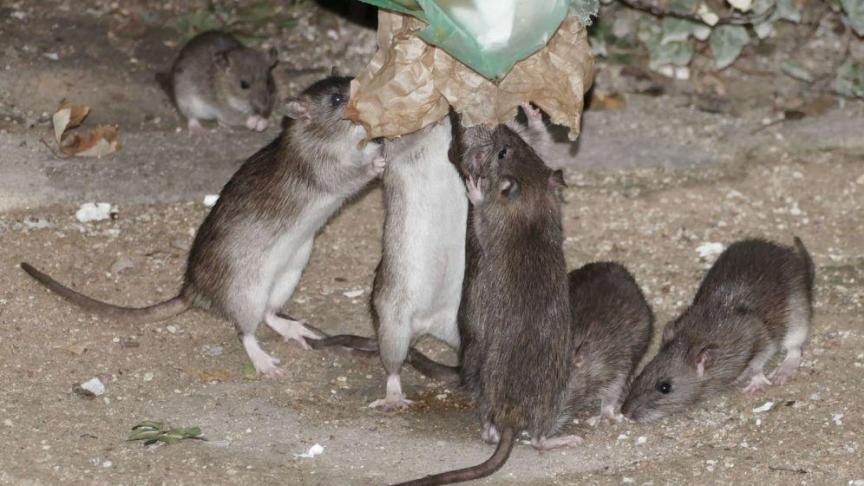The proliferation of large rats in Lagos City
The city of Lagos, a dynamic metropolis and one of the most populous in Africa, is facing a growing problem: the proliferation of large rats. This phenomenon, although observed in other large cities around the world, takes on worrying proportions in Lagos. These rodents, attracted by the overabundance of waste, pose health, social and even economic challenges for residents.
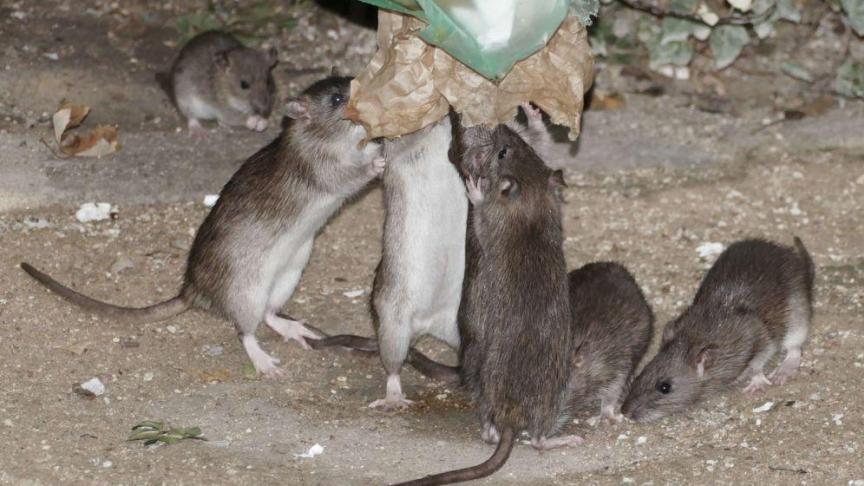
One of the main reasons for the increase in rat population in Lagos city is related to waste management. With a population of more than 20 million people, waste production is colossal, but the collection system remains insufficient. Many neighborhoods, especially low-income ones, accumulate trash on the streets. Rats, omnivorous by nature, find a constant food source in this waste.
Rapid population growth and massive urbanization lead to unregulated construction and overcrowded housing. These buildings, often poorly maintained, provide ideal shelters for rodents to hide and breed, increasing their presence throughout the city.
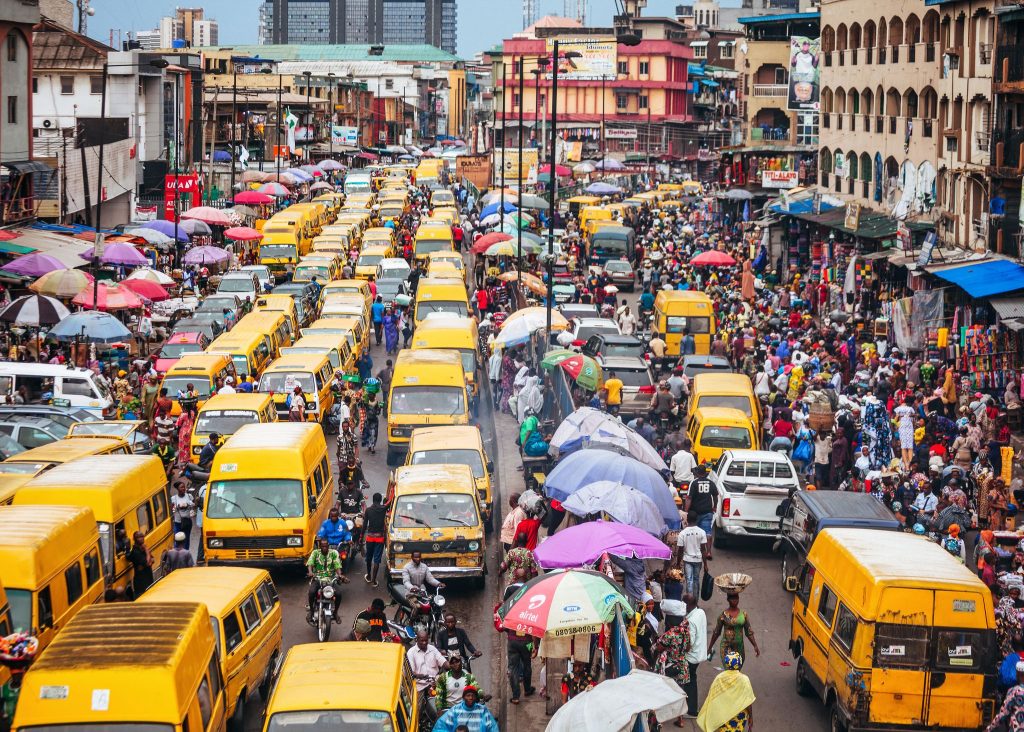
The hot and humid climate of Lagos favors the survival and rapid reproduction of rats. Unlike colder climates where rat populations are naturally regulated by winter conditions, Lagos provides an environment conducive to their proliferation.
Rats are vectors of many diseases, such as leptospirosis, salmonellosis and even the plague. By moving through the streets, markets, and homes, these rodents contaminate food, water, and surfaces, thus increasing the risk of infections and epidemics.
In addition to the health consequences, the increased presence of rats leads to material damage. They eat through electrical cables, pipes and even some wooden structures, causing utility interruptions, fires, and additional expenses for repairs.
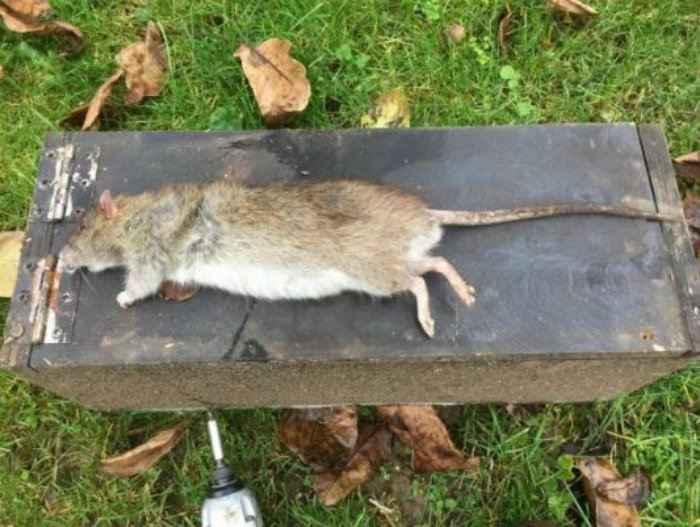
The presence of large rats also affects tourism and the image of the city. Visitors may be put off by the proliferation of rats, which could harm the local economy. Furthermore, for Lagos residents, this situation represents a source of stress and insecurity.
Faced with this situation, several measures can be considered to reduce the rat population and limit their impact on daily life:
Regular collection and treatment of waste is crucial to reduce the attraction of rodents. The city could set up waste sorting systems, encourage recycling, and encourage the population to better manage domestic waste.
Local authorities could step up awareness campaigns to encourage residents to adopt clean practices and reduce entry points into their homes. Municipal cleaning days can also be organized to mobilize citizens.
Modern pest control methods, such as ultrasonic traps or environmentally non-toxic pesticides, can be considered. At the same time, studies on rat habitats would make it possible to better target risk areas.
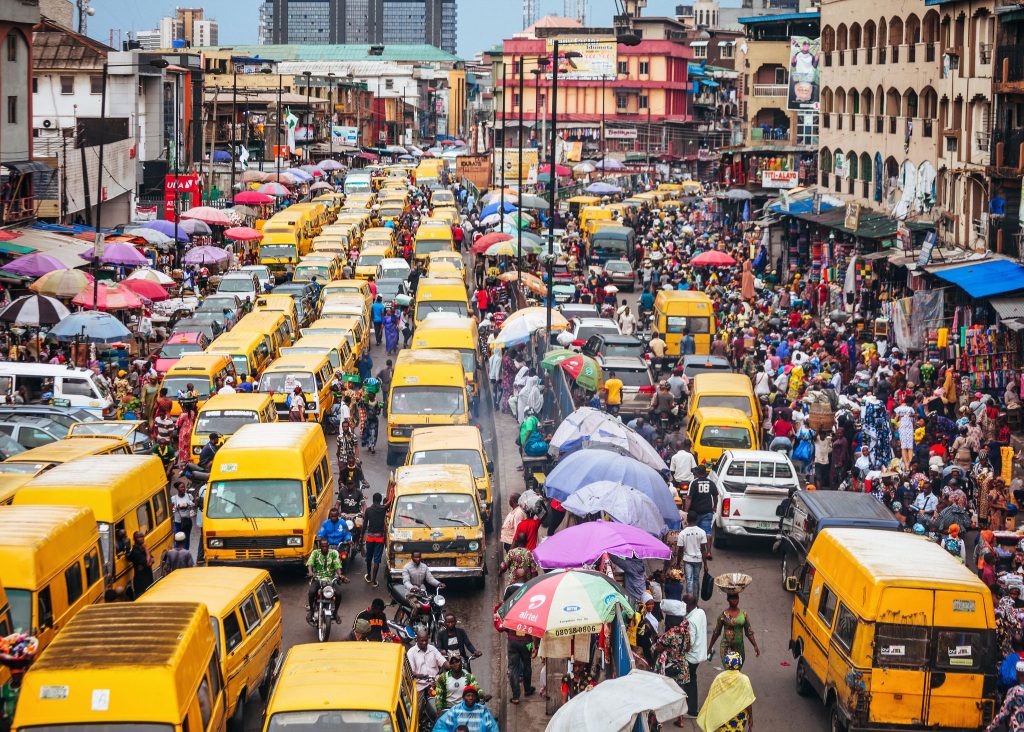
The city of Lagos could also strengthen regulations on housing construction and management. Implementing strict standards could limit potential shelter for rats and make their proliferation more difficult.
Combating the proliferation of large rats in Lagos is a priority to ensure the health and safety of its residents. Although the problem is complex and requires a multifaceted approach, coordinated efforts between local authorities, businesses and residents can help significantly reduce this threat. By addressing the root causes and implementing sustainable solutions, Lagos can gradually return to a cleaner and healthier environment.



